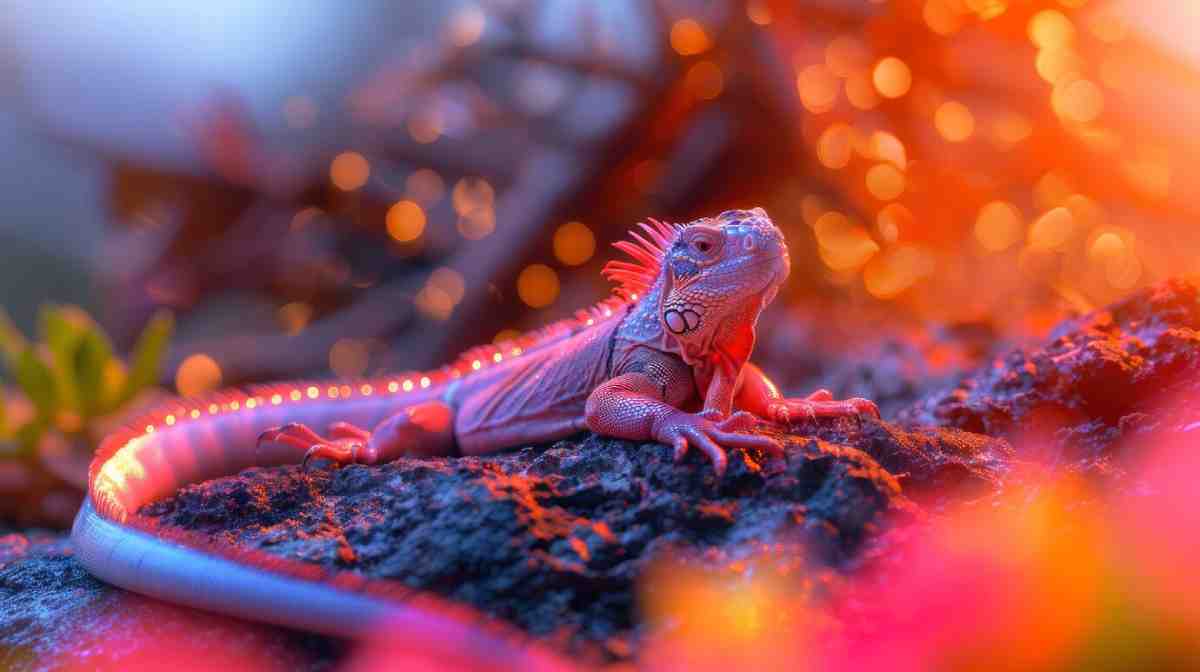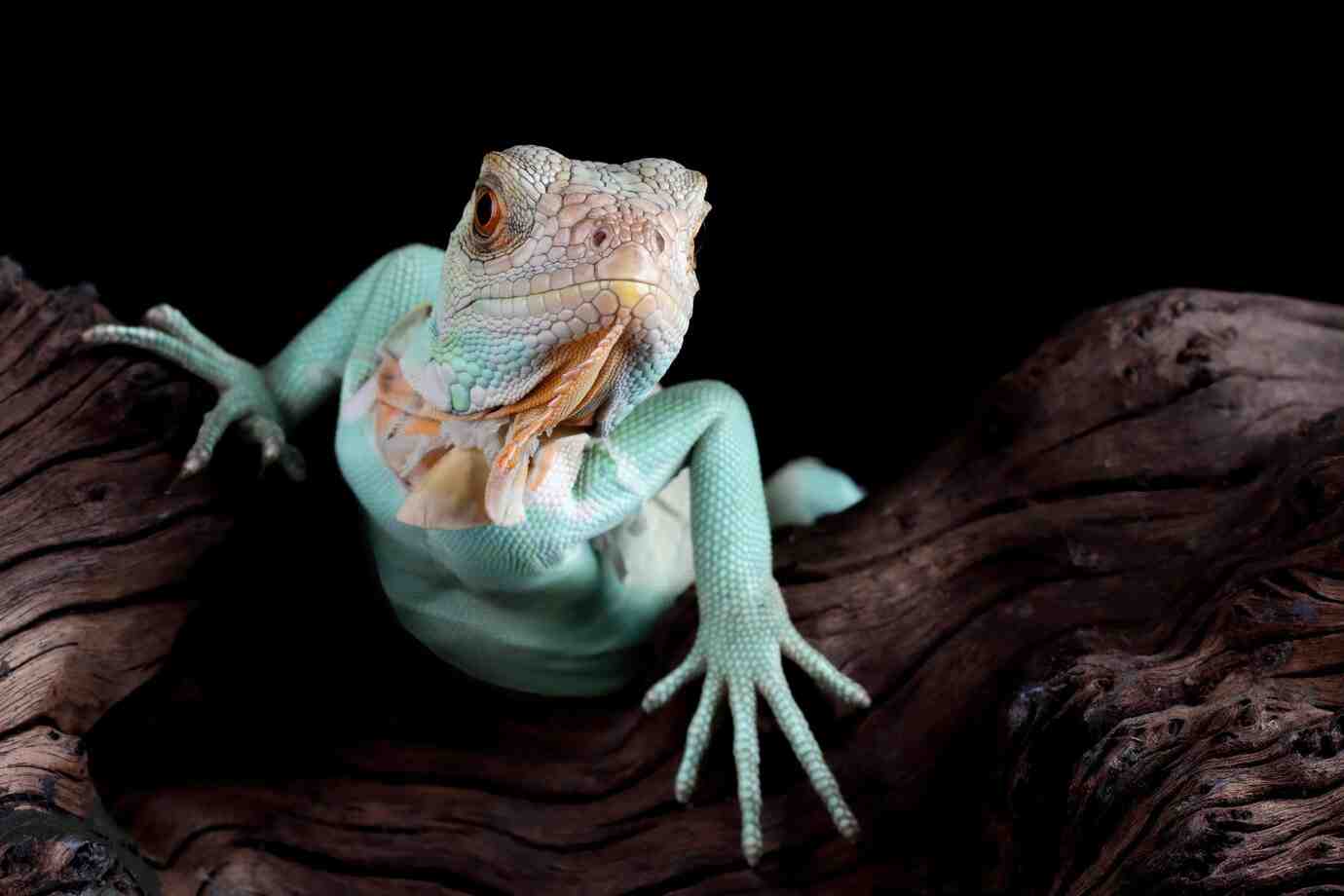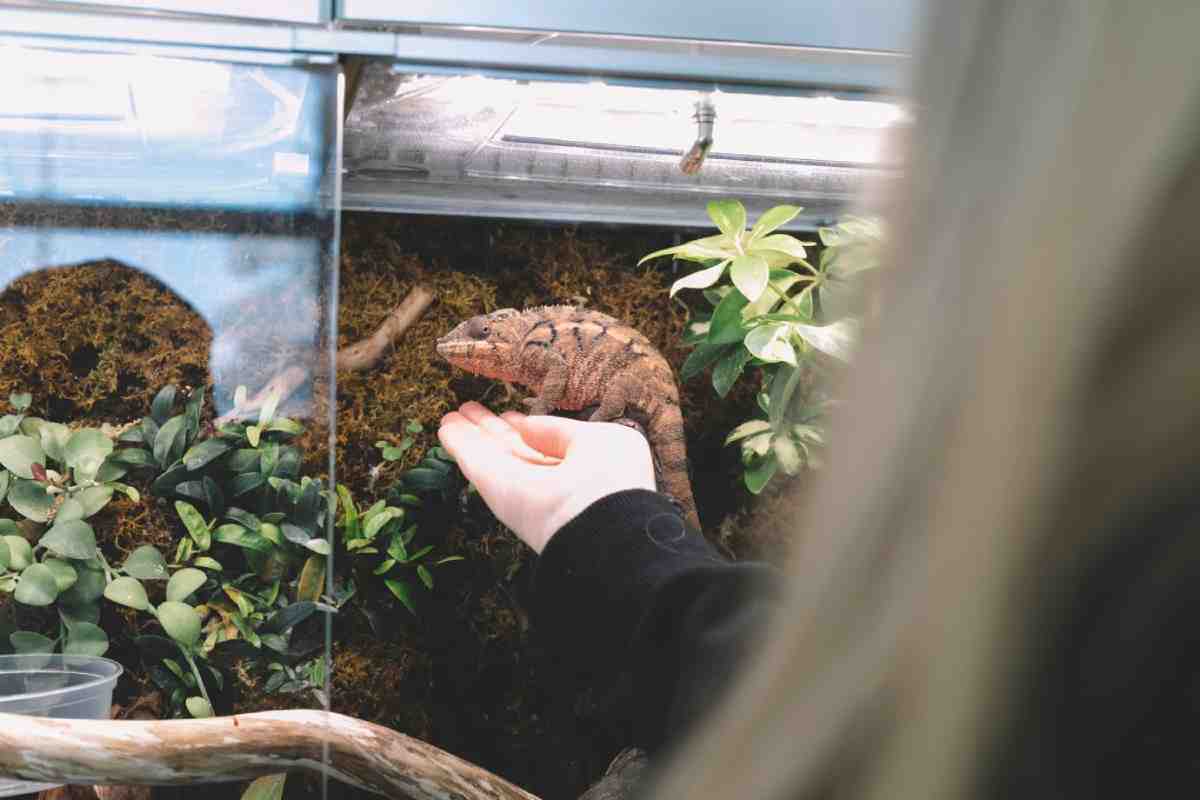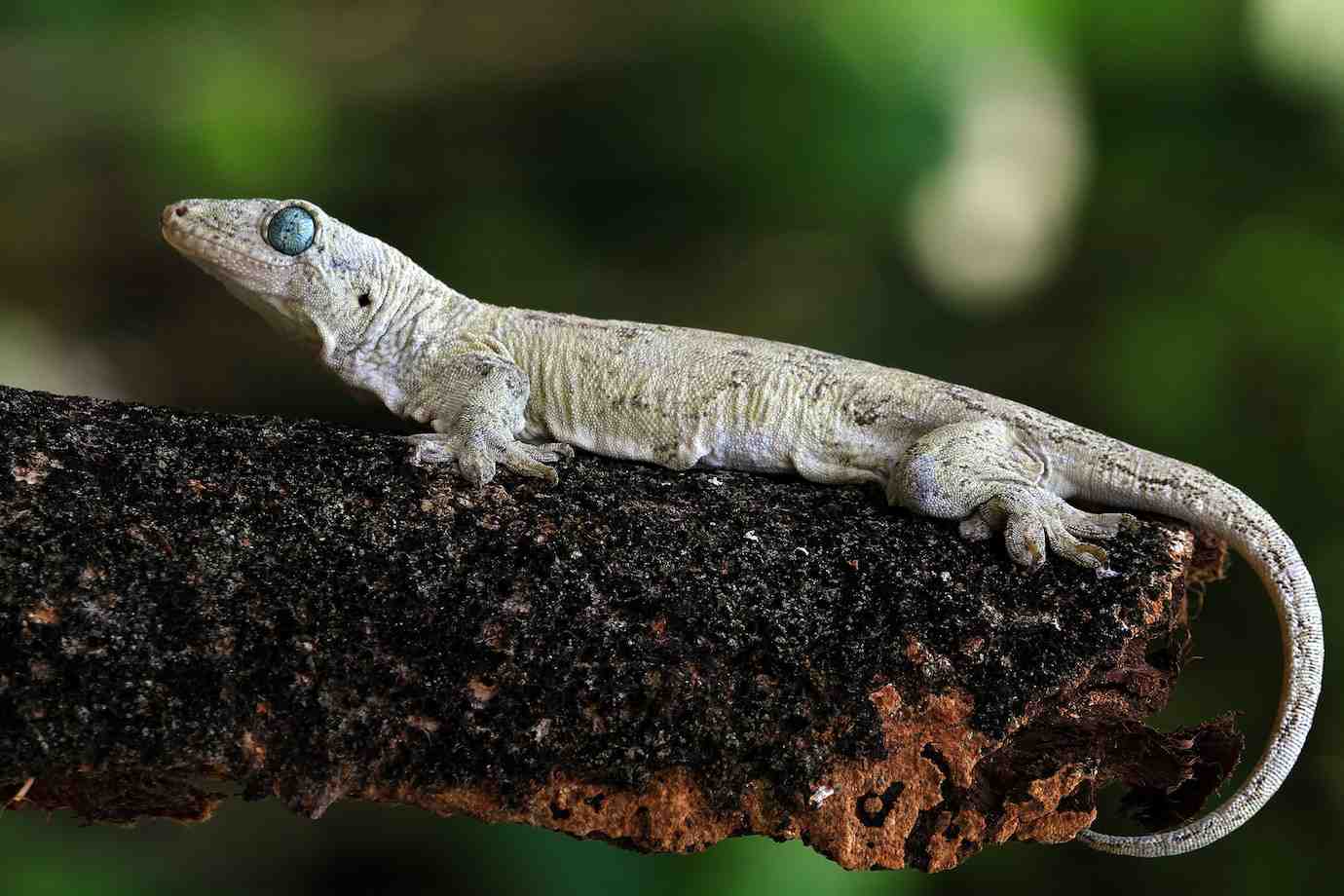
Signs of Stress in Handled Reptiles
Reptiles are fascinating and often calm companions — but they’re also quiet communicators. Unlike dogs or cats, they won’t whine or bark when they’re stressed. Instead, their signals are subtle, and often misunderstood. When you handle your reptile, it’s essential to recognise signs of discomfort early.
This guide covers the most common reptile stress signs, the causes behind them, and how to support calm reptile handling that keeps your scaly friend comfortable, healthy, and happy.
Why Recognising Reptile Stress Matters
Reptiles are prey animals in the wild. They’ve evolved to hide weakness or discomfort. Because of this, they often don’t show stress in obvious ways. But just because they’re silent doesn’t mean they’re okay.
Prolonged stress can lead to:
- Loss of appetite
- Weakened immune response
- Poor shedding
- Weight loss
- Aggressive behaviour
- Even long-term health decline
By learning to read your reptile’s behaviour during and after handling, you can avoid overwhelming them and build a better relationship.
Common Reptile Stress Signs to Watch For
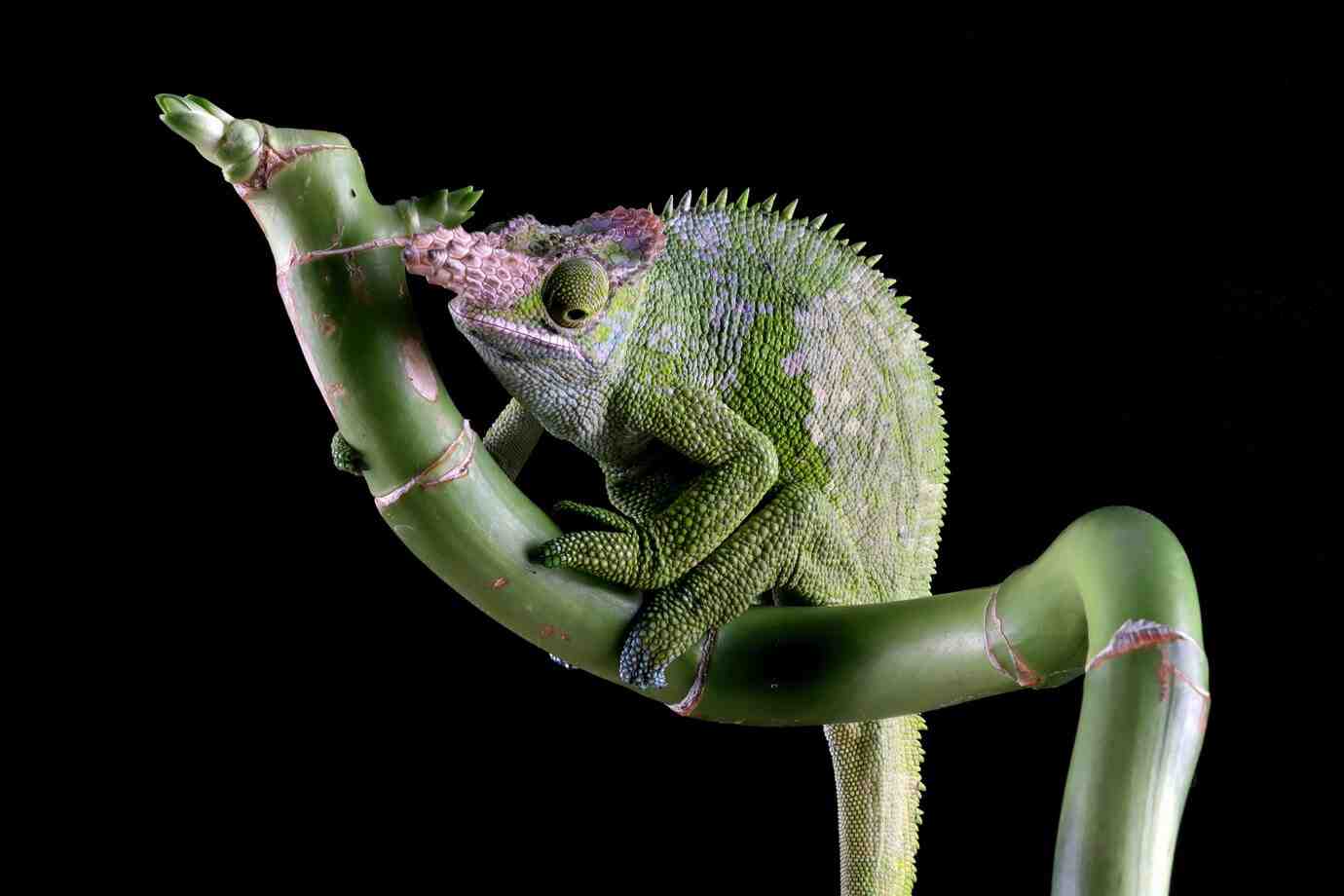
1. Hiding Excessively
If your reptile suddenly spends all its time in a hide, under substrate, or behind decor after being handled, they may be overstimulated.
What it means: They feel unsafe or overwhelmed and need time alone to reset.
2. Gaping Mouth or Hissing
This is a clear defensive behaviour. The reptile is telling you to back off.
Common in: Bearded dragons, monitors, iguanas, and snakes.
What it means: They feel cornered or threatened.
3. Tail Twitching or Whipping
Some lizards twitch or flick their tails when agitated. In more intense cases, they may whip or drop the tail entirely.
What it means: High stress — they may feel like they’re about to be attacked.
4. Rapid Breathing
Fast, visible chest movements (especially in lizards) or frequent gaping can suggest elevated stress levels during or right after handling.
What it means: Your reptile is anxious or panicking.
5. Colour Changes
Darkening of the skin, especially in bearded dragons and anoles, is often linked to stress.
Note: Some reptiles naturally change colour to regulate body temperature. Context matters.
6. Refusal to Eat
If your reptile suddenly stops eating after frequent handling, it may be feeling insecure or overstimulated.
What it means: Stress is affecting basic behaviour like feeding — time to pull back on contact.
7. Defensive or Aggressive Behaviour
Lunging, striking, or trying to flee are all signs your reptile isn’t ready for handling.
What it means: You’re moving too fast. Rebuilding trust may be necessary.
8. Repetitive Movements
Pacing, glass surfing (rubbing or climbing the glass), or frantic digging can all point to handling-related stress — especially if they occur immediately after an interaction.
What it means: Your reptile is unsettled or looking for a place to escape.
Causes of Handling Stress in Reptiles
Understanding handling stress in reptiles helps prevent it. Many of the stress responses above can be avoided with small changes in your routine.
Common Triggers Include:
- Handling too soon after bringing them home
- Approaching from above (mimics predators)
- Handling too frequently or for too long
- Rough or insecure handling techniques
- Loud noises or sudden movements during interaction
- Inconsistent routines
- Poor enclosure setup or temperature
How to Promote Calm Reptile Handling
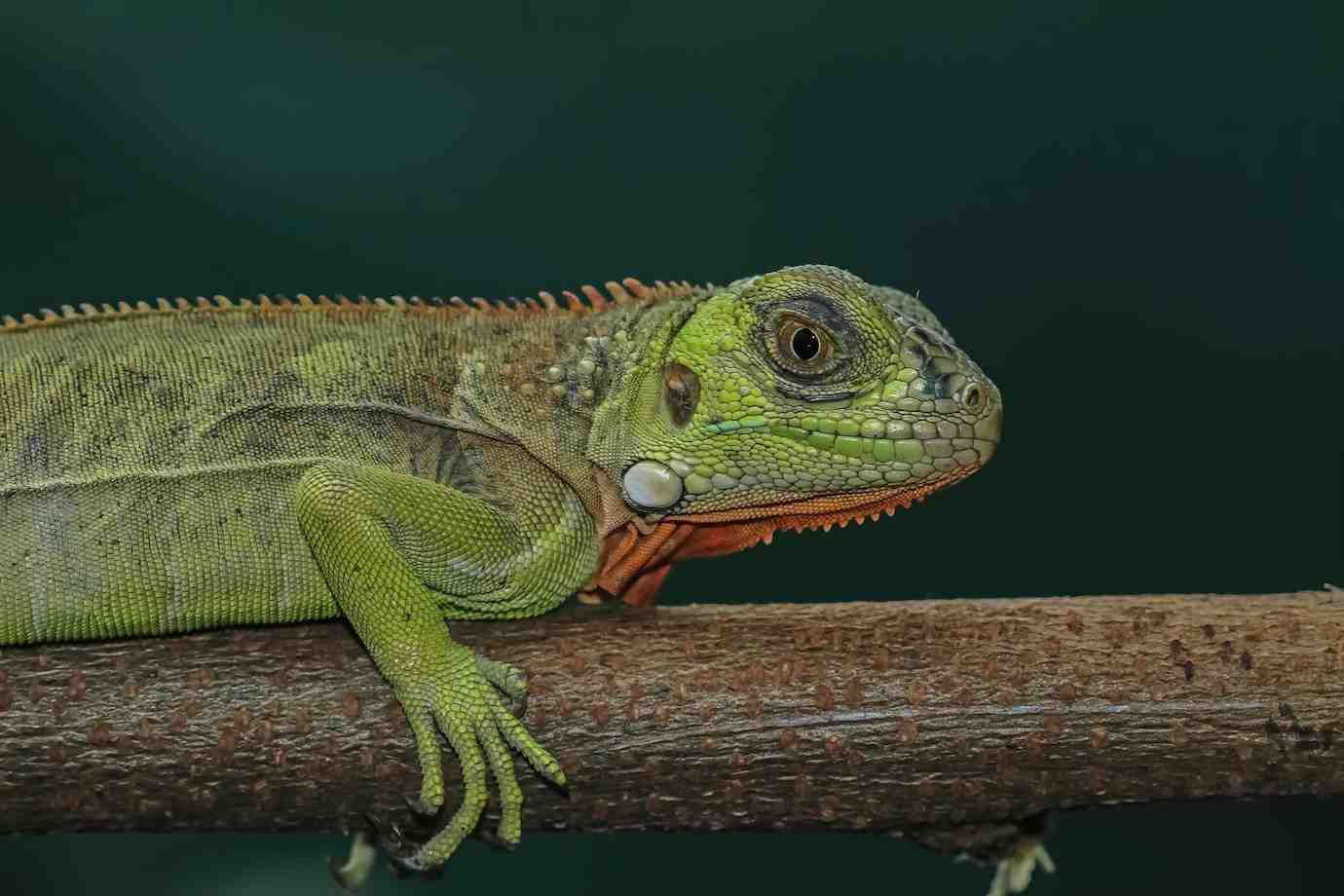
Every reptile has a unique personality — but calm, confident handling helps all species feel safe.
1. Go Slow
Begin with short, low-stress sessions. Even just placing your hand near the reptile without touching is a great first step.
2. Approach from the Side
Avoid reaching from above. Use slow, gentle movements and let them see you first.
3. Support the Whole Body
Always support both ends of the reptile. Keep movements stable and avoid sudden shifts.
4. Handle Close to the Ground
This prevents falls and reduces fear — especially for jumpy or small reptiles.
5. Keep Sessions Short
Start with 2–5 minutes. Build up gradually, based on your pet’s comfort level.
6. Respect Their Signals
If your reptile pulls away, freezes, or shows stress signs, stop and try again another day.
How Often Should You Handle a Reptile?
This depends on the species, age, and individual temperament.
Species Ideal Handling Frequency Bearded Dragon Daily or every other day Leopard Gecko Few times per week Ball Python 1–2 times per week (not after feeding) Corn Snake 2–3 times per week Chameleon Rarely — only when needed Tortoise Minimal handling, mostly for cleaning or health checks
Always tailor your approach to the reptile in front of you — not just what the care sheet says.
What to Do After a Stressful Handling Session
Even with the best care, stress can happen. Here’s how to help your reptile recover:
1. Leave Them Alone
Give them a day or two without any handling. Let them rest and hide as needed.
2. Check Enclosure Conditions
Ensure temperatures, humidity, lighting, and hides are optimal.
3. Offer Food Gently
Use tongs or leave food nearby. Don’t hand-feed if they’re still anxious.
4. Track Their Behaviour
Keep notes on what triggered the stress. Was it a new method? Too long? Too soon?
When Stress Becomes a Concern
If your reptile shows stress signs consistently or for more than a week, it’s time to dig deeper.
Contact a Vet If:
- Your reptile stops eating for over 10 days
- Weight loss is visible or measurable
- Behaviour changes suddenly or severely
- Shedding or stool patterns become irregular
- Stress signs persist even after rest and enclosure checks
Read, Respect, Respond
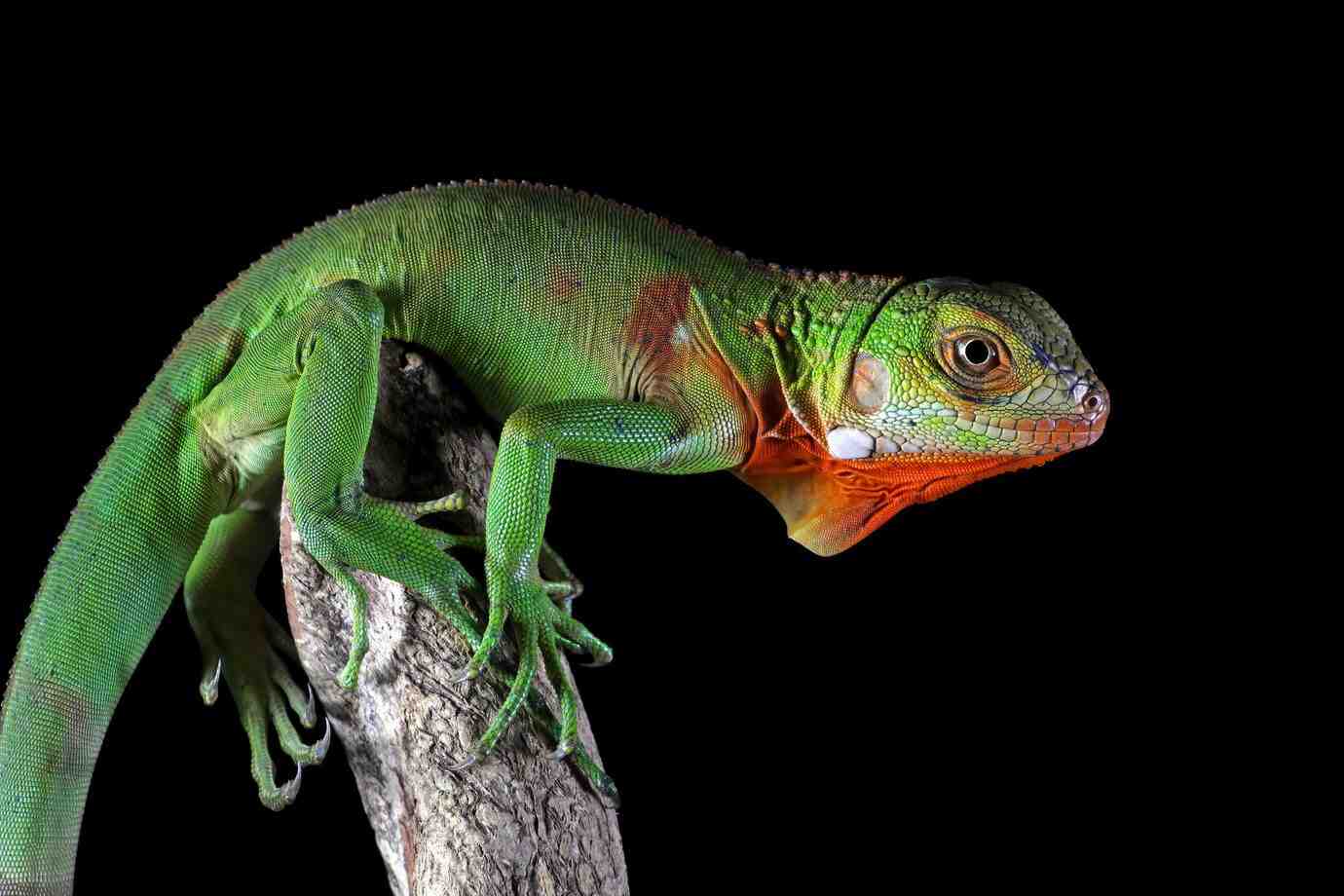
Handling your reptile should be a calm and positive experience — not just for you, but for them too. By learning reptile stress signs and applying techniques for calm reptile handling, you build a stronger relationship and support long-term health.
Every session is a chance to learn. Listen to your reptile’s signals, adjust your approach, and remember: trust takes time, but it’s worth it.
Related Reading: Taming Tips for Nervous or Aggressive Reptiles
